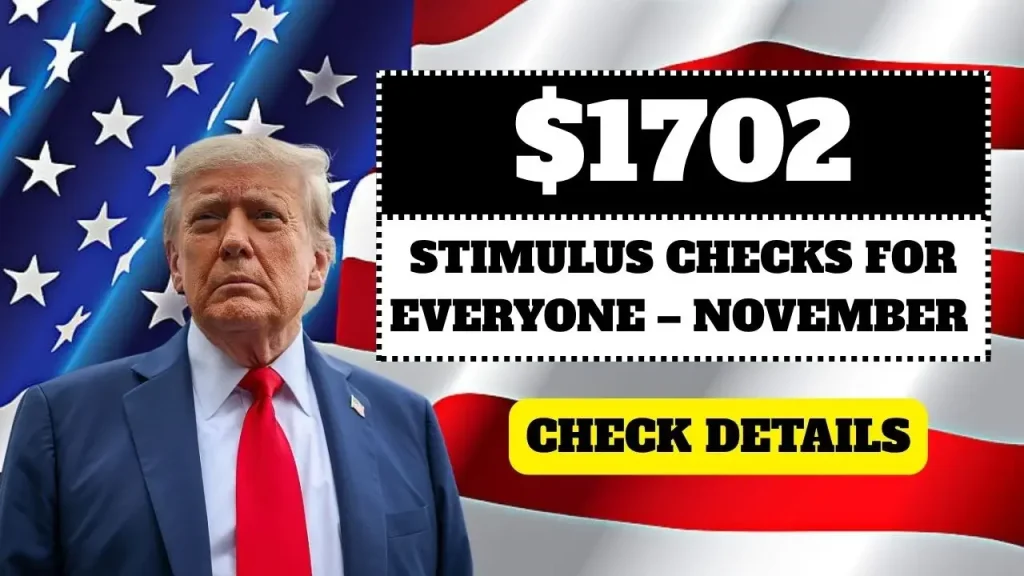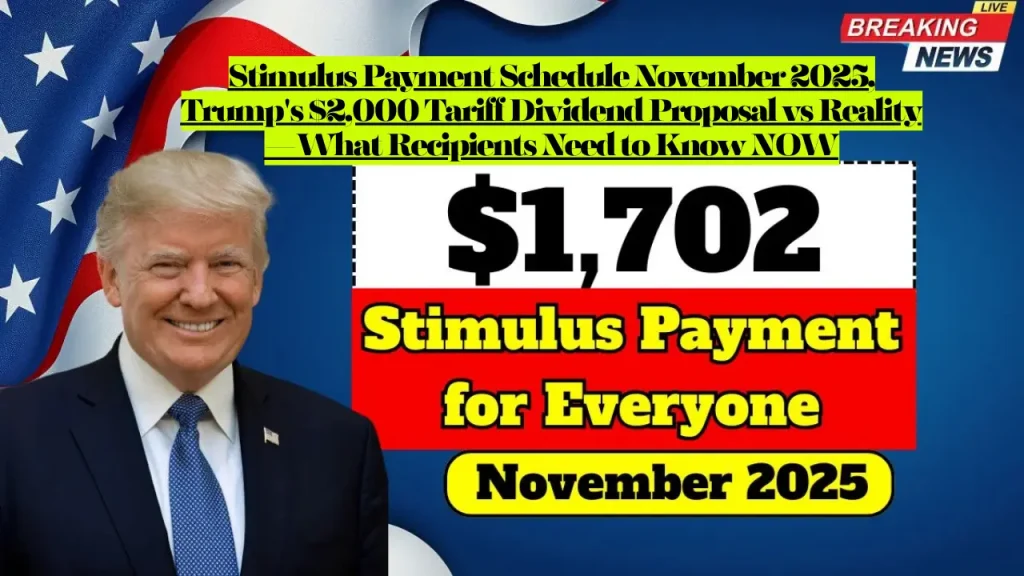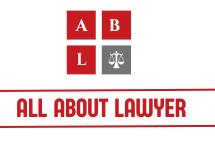Stimulus Payment Schedule November 2025, Trump’s $2,000 Tariff Dividend Proposal vs Reality—What Recipients Need to Know NOW
No new federal stimulus checks are authorized for November 2025—Congress has not passed any new legislation, and the IRS has made no confirmation of payments. President Donald Trump has proposed using tariff revenue to pay a dividend of at least $2,000 per person (excluding high-income individuals), but this remains just a proposal with no approved payment schedule.
The IRS is warning taxpayers about fake stimulus payment messages designed to trick people into sharing personal information through email, texts, and social media. Despite viral claims circulating online about $1,000, $1,702, or $2,000 stimulus payments arriving in November 2025, these reports are misleading and, in many cases, part of online scams.
What’s Actually Happening With November 2025 Payments
Trump’s Tariff Dividend Proposal
White House press secretary Karoline Leavitt confirmed on November 13, 2025, that President Trump remains “committed” to sending each American a $2,000 dividend check distributed from tariff revenue, and White House officials are exploring ways to execute the plan.
Trump announced this proposal in a Truth Social post, stating “A dividend of at least $2000 a person (not including high income people!) will be paid to everyone,” though he did not specify who would qualify for the payout or how the policy would operate.
Why This Payment Doesn’t Exist Yet
As of September 30, the federal government had generated $195 billion in tariff-related revenue, according to the Treasury Department—far less than the estimated $300 billion cost of the dividend check proposal.
The Committee for a Responsible Federal Budget estimates each round of $2,000 dividend payments would cost about $600 billion, assuming they’re designed like COVID-era Economic Impact Payments which went to both adults and children.
Treasury Secretary Scott Bessent appeared to cast doubt on the plan, saying the payout could merely refer to tax savings from Trump’s One Big Beautiful Bill legislation and that he had not spoken with Trump about the dividend proposal.

Current Federal Payments Actually Being Distributed
Recovery Rebate Credit Payments (Ending)
In 2024, the Internal Revenue Service announced automatic payments of up to $1,400 for eligible people who did not claim the Recovery Rebate Credit on their 2021 tax returns, which went out automatically from December 2024 to January 2025.
The final deadline to claim the $1,400 recovery rebate credit was by filing a 2021 tax return before April 15, 2025, and this deadline has passed with no extensions available.
Regular Benefit Payments Continue
The figure of $1,702 circulating online represents the average monthly Social Security payment that retired Americans are receiving in 2025, following the Cost-of-Living Adjustment (COLA) increase applied earlier this year—not a new stimulus check.
Social Security, SSI, SSDI, and VA benefits continue on their regular November schedules based on birth dates and benefit types.
Eligibility Requirements For Trump’s Proposed Payment
If the tariff dividend proposal is ever authorized by Congress, Trump said “everyone,” excluding “high income people,” would get the money, but did not explain the criteria for high-income people or whether children would receive the payment.
When pandemic-era stimulus checks were enacted by Trump, they were made available to individuals bringing in as much as $75,000 per year and couples earning up to $150,000.
Treasury Secretary Scott Bessent indicated payments would go to individuals or families who make $100,000 or less.
Why The Math Doesn’t Work
Revenue Gap
Erica York, vice president of federal tax policy for the Tax Foundation, calculated that if the cutoff is $100,000, 150 million adults would qualify, for a cost near $300 billion—but new tariffs have raised only $120 billion so far.
The Committee for a Responsible Federal Budget projects that using all tariff revenue for rebates would push debt to 127% of GDP by 2035 instead of 120% under current law; if $2,000 dividends are paid annually, debt would reach 134% GDP.
Congressional Approval Required
Joseph Rosenberg, Urban Institute-Brookings Institution Tax Policy Center senior fellow, said a $2,000 dividend in the form of a check would require congressional approval—and lawmakers already declined to act on that idea when they approved the One Big Beautiful Bill Act.
The last round of economic impact payments came in 2021, and any future federal payments would require new legislation from Congress.
Legal Uncertainty
Depending on how the Supreme Court may rule regarding Trump’s legal authority to levy tariffs, the White House may be forced to return tens of billions of dollars in revenue to importers who paid the tax.
If the Supreme Court upholds lower court rulings—in which case most of Trump’s tariffs would be illegal—income from remaining tariffs would be sufficient to pay $2,000 dividends only after seven years.
Real Payment Timeline: What Could Actually Happen
On a revenue neutral basis, current tariffs could be used to pay a $2,000 dividend every other year, starting in early 2027, according to the Committee for a Responsible Federal Budget.
No official payment schedule exists. Trump has not said what form the payments might take, and details have been limited to Truth Social posts with no published plans from the administration.
State-Level Relief Programs Actually Available
Several real government benefits are reaching people in November 2025, including Social Security and SSI payments with a 2.5% COLA increase for 2026, VA benefits via direct deposit on November 1st, and state rebate plans like New Jersey’s ANCHOR Property Tax Relief (up to $1,500) and inflation relief checks in states like Colorado ($800) and Georgia ($250–$350).

Warning: Scams Targeting Stimulus-Seekers
How Scammers Operate
The IRS never makes contact through email, texts, or social media; scammers often use fake accounts or links, while the IRS begins communication with an official letter or notice, which can be verified through a secure IRS Online Account.
The Federal Trade Commission advises: use only the official IRS website to submit information—never respond to calls, texts, or emails; ignore unsolicited messages claiming to be from the IRS about stimulus payments; don’t pay to receive stimulus payments—it’s free and automatic; watch out for fake check scams asking you to return money after depositing a stimulus payment.
Red Flags To Watch For
- Emails or texts claiming you qualify for immediate stimulus payments
- Social media posts with “official-looking” payment schedules
- Websites asking for personal information to “verify eligibility”
- Messages demanding payment or fees to receive stimulus funds
- Claims that payments are being distributed in November 2025
What You Should Do RIGHT NOW
Verify Information Through Official Channels
- Visit www.irs.gov for legitimate announcements
- Check your Social Security account at ssa.gov for benefit updates
- Monitor official White House and Treasury Department statements
- Ignore viral social media claims about stimulus payments
Protect Your Personal Information
Never share Social Security numbers, bank account details, or IRS PIN numbers with anyone claiming to process stimulus payments.
Report suspicious IRS, Treasury and tax-related emails, texts, social media accounts, phone calls and letters to help shut down scams and phishing attacks.
Track Actual Government Payments
If Trump’s tariff dividend proposal is ever approved by Congress and payments are authorized:
- The IRS would announce payments through official channels only
- Payments would be automatic—no application required
- Direct deposit information would come from your most recent tax return
- Updates would appear on IRS.gov, not social media
Legal Implications Of The Tariff Dividend Debate
Constitutional Authority Questions
The proposal faces legal scrutiny over presidential authority to collect and redistribute tariff revenue without explicit congressional appropriation.
Debt Impact Analysis
If $2,000 dividends are paid annually, federal deficits would increase by $6 trillion over ten years, according to fiscal policy experts.
Alternative Uses Of Tariff Revenue
Trump pledged to use remaining tariff funds after dividend payments to “substantially pay down national debt,” though experts question whether sufficient revenue exists for both purposes.
Political Landscape And Future Prospects
White House economic advisers are “looking into” how to execute the plan, but no specific options or timeline have been provided.
When Congress approved the One Big Beautiful Bill Act, they had the ability to include a tariff dividend but didn’t, signaling potential legislative resistance.
The proposal remains politically controversial with economists warning about inflationary impacts and debt implications.
FAQs About November 2025 Stimulus Payment Claims
Q: Is there a $2,000 stimulus payment coming in November 2025?
A: No. While President Trump has proposed a $2,000 tariff dividend, no payments have been authorized by Congress or confirmed by the IRS. The proposal remains under discussion with no payment schedule.
Q: What about the $1,000 or $1,702 stimulus payments I’ve seen online?
A: These are misleading claims. The $1,702 figure refers to average Social Security payments, not new stimulus checks. Many viral posts about stimulus payments are scams designed to collect personal information.
Q: Who would qualify for Trump’s proposed tariff dividend if it’s approved?
A: Trump suggested payments would go to “everyone” except “high income people,” with Treasury Secretary Bessent indicating a possible $100,000 income cutoff. However, no official eligibility criteria have been established since the proposal hasn’t been authorized.
Q: How can I check my stimulus payment status?
A: There are no new stimulus payments to check. Ignore websites or messages claiming to track November 2025 stimulus payments—these are scams. Only trust official IRS.gov announcements.
Q: When will I receive my November 2025 stimulus payment?
A: You won’t, because no November 2025 stimulus payment exists. The last federal stimulus checks were distributed in 2021. Any future payments would require new congressional legislation and would be announced through official IRS channels.
Q: What should I do if I receive a message about stimulus payments?
A: Delete it immediately. The IRS never contacts taxpayers about payments via email, text, or social media. Report suspicious messages to the IRS and FTC to help stop scams.
Q: Are there any real government payments available in November 2025?
A: Yes—regular Social Security, SSI, SSDI, and VA benefits continue on their normal schedules. Some states offer inflation relief or tax rebate programs. Check your state’s revenue department website for legitimate local programs.
Protecting Your Finances During Economic Uncertainty
While waiting for congressional action on any future stimulus proposals:
- Maintain updated direct deposit information with the IRS by filing annual tax returns
- Monitor legitimate government benefit programs you may qualify for
- Research state-level relief programs in your area
- Stay informed through official government channels only
- Report suspected fraud to protect yourself and others
What Comes Next For Stimulus Payment Prospects
Congressional action remains the critical requirement. White House commitment exists, but implementation details, legal authority questions, and budgetary constraints create significant barriers to actual payment distribution.
Monitor official announcements from:
- Internal Revenue Service (www.irs.gov)
- U.S. Department of the Treasury (home.treasury.gov)
- White House official statements
- Congressional legislation tracking
Until Congress passes new stimulus legislation, no payment schedule exists regardless of online claims or social media posts.
Disclaimer: This information is for educational purposes only and does not constitute financial or legal advice. Stimulus payment schedules, eligibility requirements, payment dates, and distribution details may vary based on individual circumstances and jurisdiction. Consult official government resources at IRS.gov and Treasury.gov, review payment eligibility independently, contact the IRS for payment-specific information, and contact a financial advisor for specific questions about payment timing or financial implications. Information current as of November 15, 2025.
Related Articles:
- Facebook Lawsuit Payout Latest Today Update: Active Settlements, Eligibility, Payout Amounts
- TurboTax Faces Multiple Class Actions: Free Filing Fraud, Data Breaches and Privacy Violations
- Is Identity Theft Protection Tax Deductible: IRS Standards, Tax Code Sections, Recent Guidance
About the Author

Sarah Klein, JD, is a licensed attorney and legal content strategist with over 12 years of experience across civil, criminal, family, and regulatory law. At All About Lawyer, she covers a wide range of legal topics — from high-profile lawsuits and courtroom stories to state traffic laws and everyday legal questions — all with a focus on accuracy, clarity, and public understanding.
Her writing blends real legal insight with plain-English explanations, helping readers stay informed and legally aware.
Read more about Sarah
